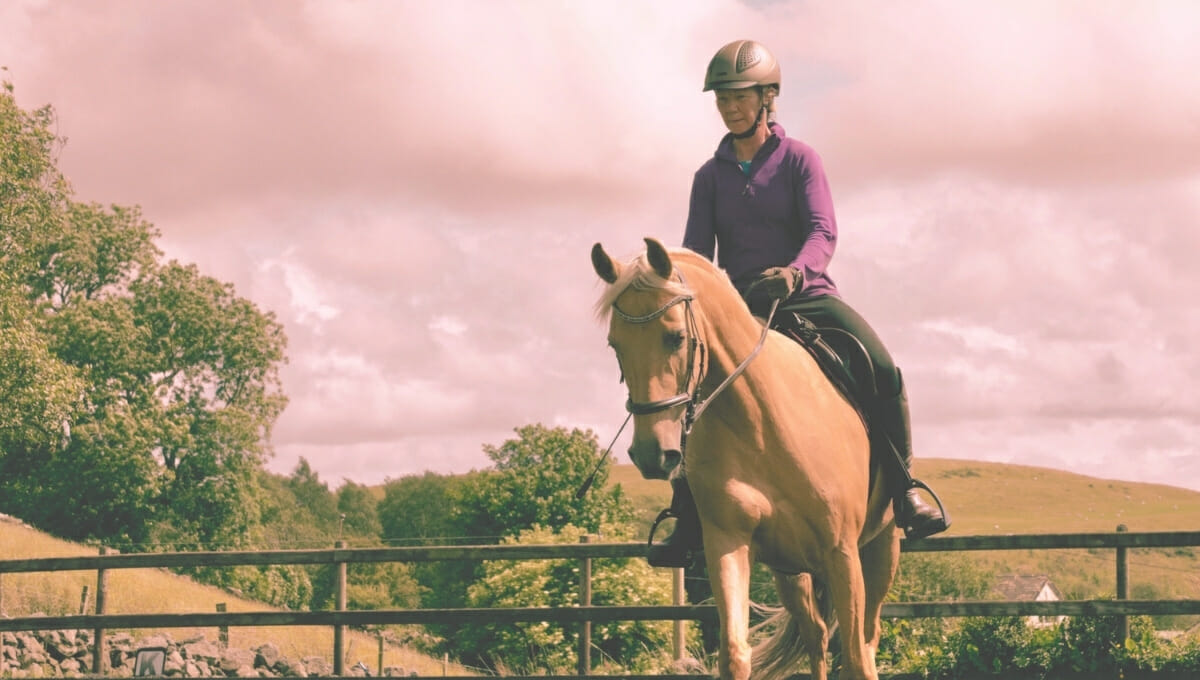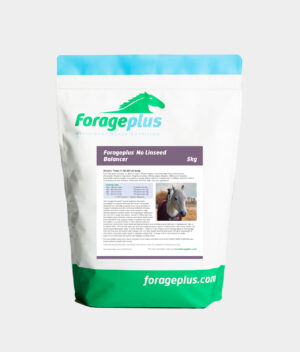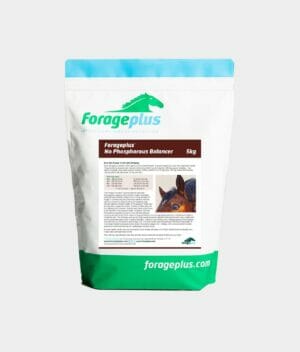Summer is just around the corner, and as our horses enjoy the freedom of lush pastures basking in the warm sunshine, it is crucial to maintain a thoughtful and effective summer horse feeding regimen.
While we embrace the longer grazing hours, it is important to remember that the nutritional needs of our equine friends still require careful consideration.
What is the best feed for horses when they are in the field? Forageplus discusses a horse supplement approach that starts with the grass your horse will be eating over the summer period.
Listen to this article on the Forageplus Horse Academy Podcast
As a horse owner, the best way to support your horse’s health is by making sure that the minerals in your horse’s diet are enough to support the common mineral deficiencies in spring and summer grass, this can be done by adding in a mineral supplement.
Regardless of how well cared for your pasture is there will always be low levels of certain minerals which over time can cause horse nutrition deficiencies.
Forageplus are specialists and experts in carrying out scientific forage analysis of all horse forages (grass, hay and haylage) to determine nutritional value.
What this analysis tells us is that spring grass contains great levels of calories (digestible energy) and usually good levels of protein. Vitamin levels are often extremely good, with vitamin E, a vitamin that is found at very low levels in conserved forage (hay and haylage), is very well supplied in the spring and summer grass.
Good digestible energy (DE), good protein and better nutritional quality will often translate into your horse blooming and putting on extra pounds, which is when horse owners knock the bucket feed on the head; but is this the best course of action or does your field-kept horse still need feeding minerals balanced to the grass it eats?
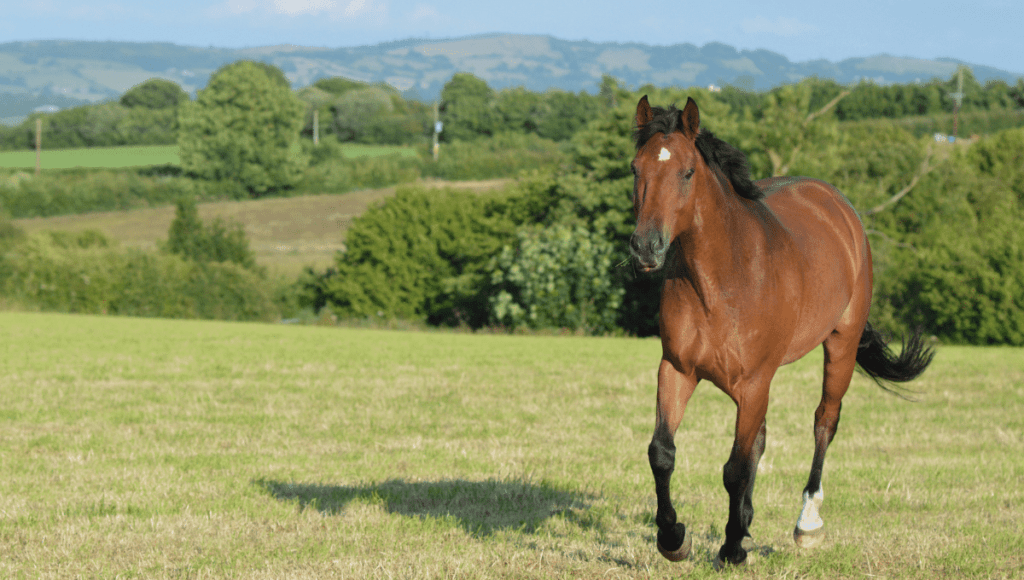
What does spring and summer horse grazing provide?
If you think about it logically, the hay and haylage your horse eats is grass, it is just dried, preserved, stalky grasses. It makes sense that if that dried, preserved grass is not nutritionally imbalanced, then neither will the spring grass be. This is the same grass that will turn into the summer crop of hay or haylage your horse eats in the winter.
In general, forage nutrient content (protein and DE) is highest during the spring when growth is at its fastest from increasing ambient temperatures, lengthening daylight hours and the plant’s programmed wish to flower, set seed and replicate itself.
This means that per mouthful, it is likely that the grass your horse eats, compared to the hay or haylage eaten, will provide more calories, greater levels of sugar and starch and higher protein levels. This results in weight gain. The higher sugar and starch levels coupled with the weight gain are why laminitis is so common during late spring and early summer, compared to the colder months.
Mature summer or dormant winter grass has much lower energy, protein content and overall digestibility when compared to a lush growing, spring pasture. It also tends to have lower and more stable simple sugar levels.
The concentration of some minerals can also be lower with fast spring growth, magnesium can be a good example of this. This is particularly relevant to laminitis-prone horses because magnesium is so important for metabolic health.
The big message is that while spring and summer horse feeding on grass might provide calories in abundance and boost protein levels, it is not more or less balanced from a mineral point of view than any other type of forage so it doesn’t make sense to rely on just calories to maintain optimum health in horses.
People often assume a horse is getting everything it needs if the weight is good. Nothing could be further from the truth and feeding minerals matched to grass is vital.
Calories are easy to come by in spring from fast-growing pasture. What is hard to come by for a domesticated horse, living in a relatively small area, is a well-balanced, diverse diet high in well-balanced minerals.
When the majority of the diet is short of certain minerals and has excesses of other key minerals then optimum health, optimum resilience of skin, coat condition, hooves, tendons, ligaments, digestion, metabolism and other vital systems may not be maintained. This can lead to a decrease in physical health and poor performance, especially within the performance horse.
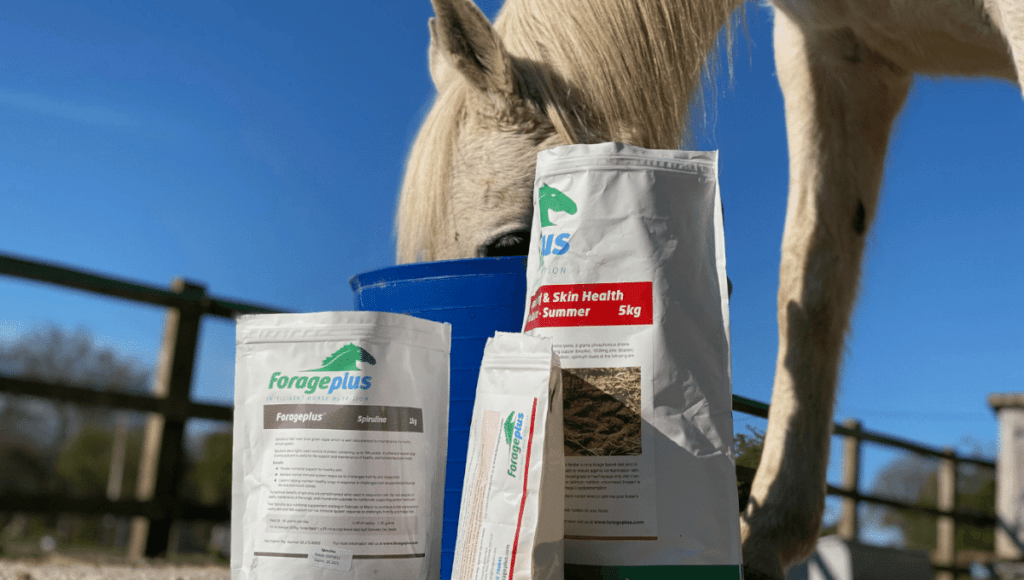
Feeding minerals to horses to balance summer grazing
Whilst most horse owners know that major minerals in the correct ratios are very important to horses they are less aware of the way that trace minerals contribute to the maintenance of the health and resilience of body systems. The nutritionally important trace minerals include iron, iodine, copper, zinc, selenium, chromium and manganese. Full-blown, life-threatening deficiencies are rare but inadequate levels of some of these minerals can produce a variety of symptoms that are very familiar to horse owners.
Two of the most common are poor hoof quality, including a predisposition to thrush, and “bleaching” of the coat. Many black horses will develop an orange tinge, bay horses will become dull and pale and a rich conker-coloured chestnut may fade to a pastel washed-out shade of orange. This bleaching of coat colour is due to poor copper reserves affecting the hair shaft and the protection created against UV light.
The resiliency of the immune system may be affected too. Common dysfunctions include allergies, exaggerated reactions to vaccines or insect bites, and exaggerated inflammatory reactions in general. When copper and zinc are imbalanced with iron and manganese there can also be an inability to maintain robust tendons, ligaments and other connective tissues.
Zinc and copper deficiencies are extremely common. On the other hand, iron and manganese are rarely low and often very high. They worsen the problem with zinc and copper by competing with them for absorption. Iodine is highly variable, usually low, unless very close to the coast. Conversely, forages from alkaline soils usually have adequate selenium while all others are borderline to deficient.
Selenium is an interesting mineral. Supplementation should be done with care as high levels of selenium are very toxic to horses. In years where summer has high temperatures and there is a drought, some forages can become high in selenium. In general, there is usually an insufficiency of selenium in the majority of horse diets.
Managing the horse grazing environment
Where horses are constantly grazing on very short pasture and the soil becomes squashed and compacted by their weight, then horse owners often find it even more difficult to regulate horse weight and maintain hoof and skin health. The reasons for this are fairly simple. This type of management of pasture leads to high levels of sugar being produced by the plant because it is sick and struggling to be healthy.
The soil becomes compacted which leads to shallow root depth of the grass and less root structure. This means less access to minerals both from deeper soil and a less dense and less prolific root system.
Compaction of the soil also leads to less oxygen and space in the soil structure and this creates a difficult environment for the right soil organisms to flourish in. The wrong soil organisms mean that the symbiotic relationship between the roots of the plants and soil micro-biome is compromised and with it the ability of the plants to use what a beneficial micro-biome produces to take up the right nutrients in the right proportions and create a healthy leaf and stem for horses to eat.
A track system or pasture area which never gets rest from horses creates problems, where the health of the soil affects the health of the grass which affects the health of the horses grazing upon it.
Analysis of grass in these areas will usually reveal high levels of imbalances between both major and trace minerals. Where there is an imbalance in food then an imbalance of the body is likely to follow.
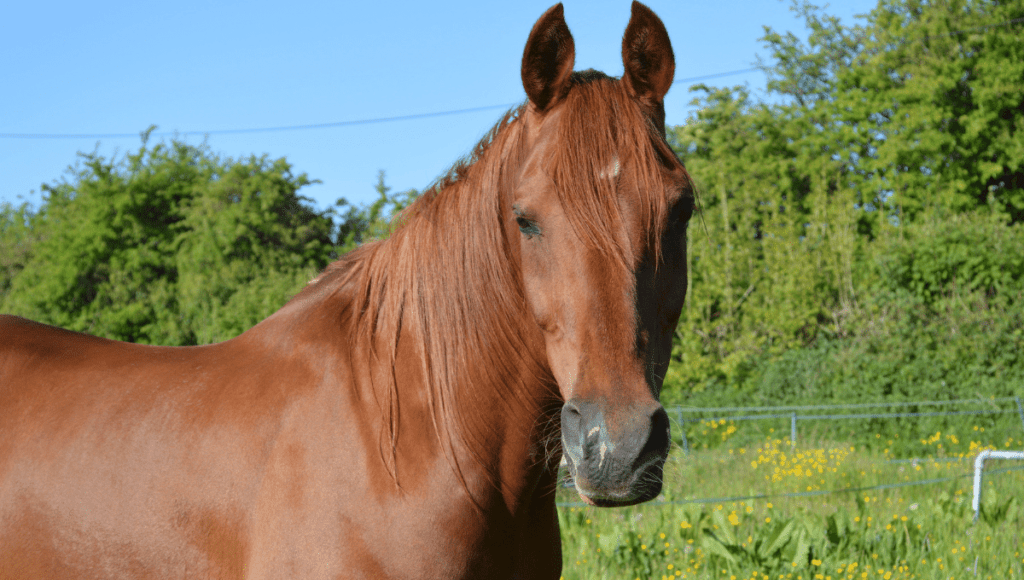
A better system to reduce forage mineral imbalances is to mimic the migratory grazing which developed our grasslands in the first place, where animals move from one area once the length of the grass reaches around 2 inches onto another area which is around 6 to 8 inches long.
Grazing in this way creates soil that is not compacted. It creates grass with more leaf structure, more root structure and lower sugars. It is also clean. Long grass is clean, short grass is not and where the grass is dirty, iron levels in the horse’s diet are likely to be high, and this is not desirable.
However, even the best most carefully managed pasture will still never be rich enough in diversity or large enough in geographical size to provide the diversity of plants to ensure mineral balance.
This means that some form of supplementation will always have to be fed to horses to balance for optimum mineral ratios even on summer horse feeding. Optimum ratios will allow for optimum absorption and optimum health.
Horses evolved to roam, to select from a variety of plants over huge areas which did not get overgrazed. The reality is that our domesticated horses are confined to small spaces and fed a relatively narrow diet and this creates the need to balance to that very carefully, so that optimum health can be supported and maintained.
Summer horse feeding and supplements
The ideal way to perfectly supplement and balance the horse’s diet is by having hay, haylage or grass analysed.
This allows for precise management of the ratios between minerals and is especially important for compromised horses. However, horses in good health can handle imbalances better and are likely to do well with a well-formulated forage-focused horse feed balancer which has been carefully matched to the common deficiencies shown in the common profile of grass.
This data has to be collected from many samples and then carefully collated using multivariate analysis.
Or you can read more of our articles on horse feeding in general.

